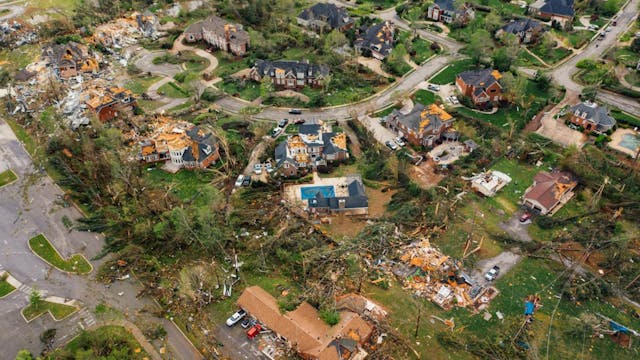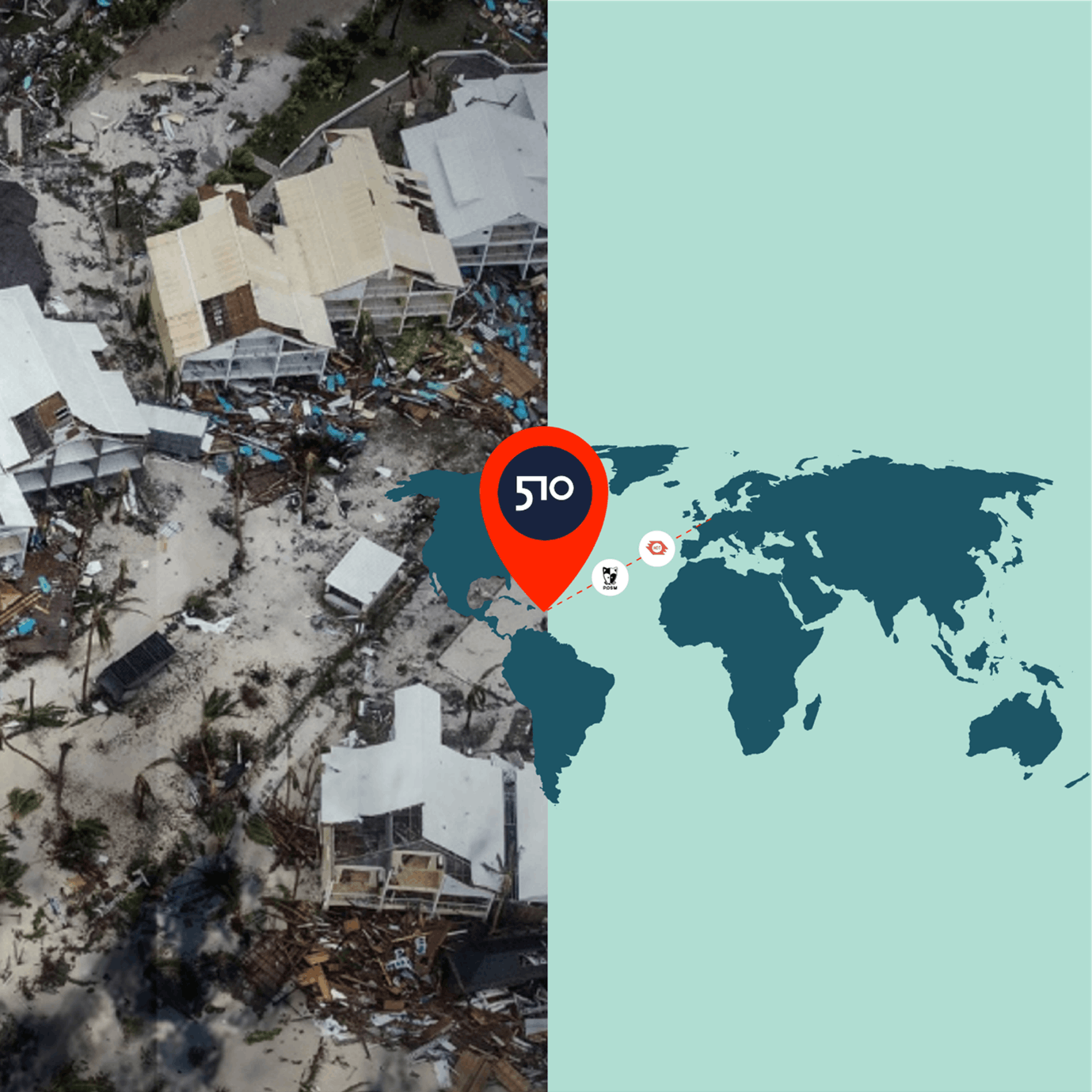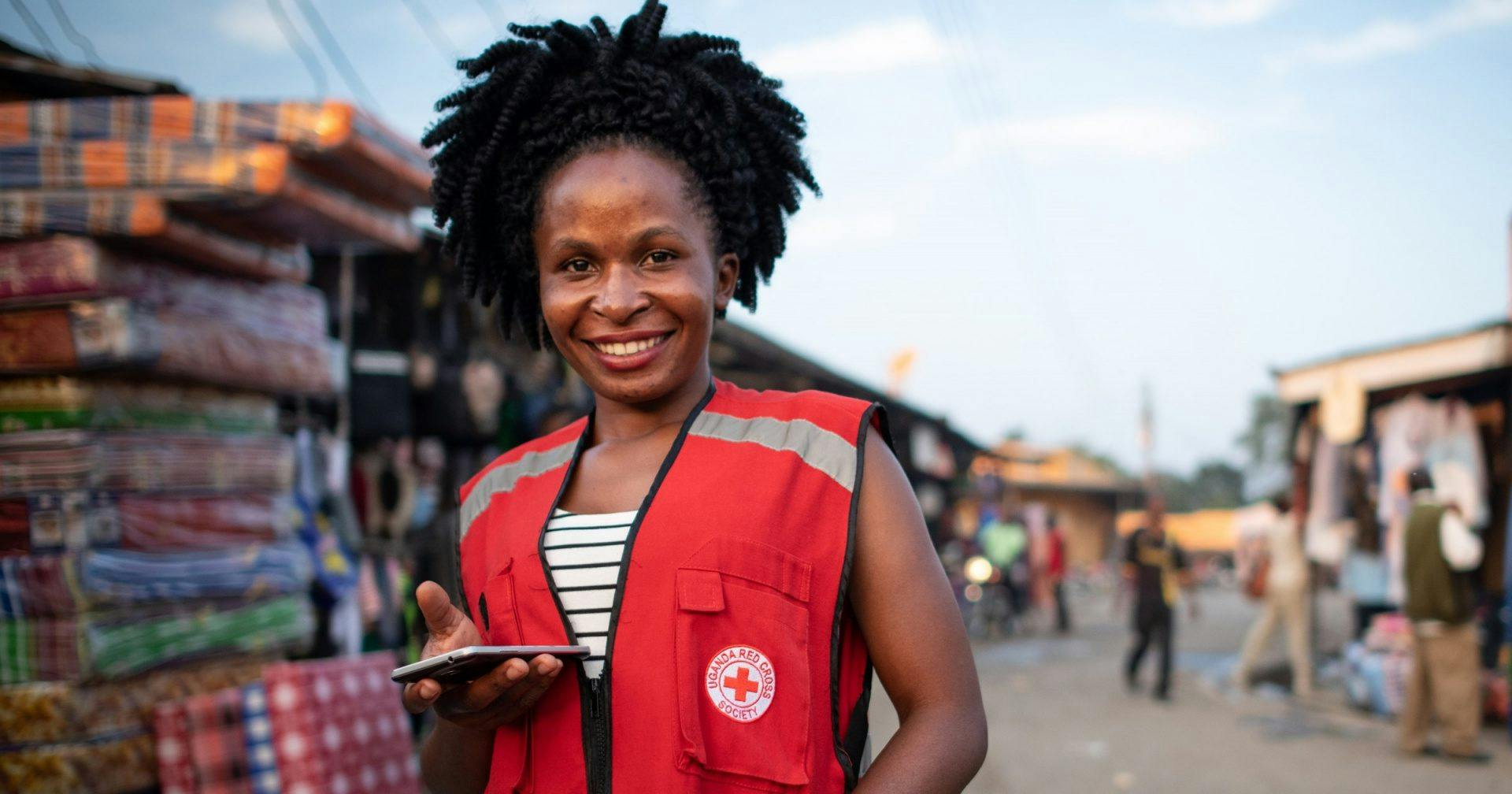The growing impact of extreme weather events
Extreme weather events are occurring more frequently in every region of the world. Hurricanes, heatwaves, wildfires, storms, floods, and droughts are causing unprecedented damage to human life, crops, and property, especially in the Global South. The World Economic Forum estimates that extreme weather events costs $16.3 million per hour, and this number will only go up.

The World Economic Forum
"Extreme weather events costs $16.3 million per hour, and this number will only go up."
Preparing for climate disruptions
Much has been said and will be said about the need for climate mitigation; the call to reduce emissions has never been louder. However, it is also past due that we prepare for the challenges to come. Extreme weather now tops supply chain risk concerns as disruptions to production and transportation demand that companies at all levels adapt, even at the expense of efficiency. This often includes supply diversification, increasing safety stocks and protecting key assets. Moreover, forward-thinking planning must incorporate adaptive strategies that anticipate and mitigate climate-related risks, integrating predictive weather forecasts and real-time monitoring into operational frameworks. This would coincide with ensuring that local operations are prepared to react to alerts and have contingency plans in place. By doing so, businesses can proactively address vulnerabilities, ensuring resilience in the face of evolving environmental pressures.
Some real-life examples
Prevent. Reduce. Prepare.
Every year, nearly 200 million people worldwide are affected by disasters such as earthquakes, hurricanes, and floods. (Source: IFRC) Thanks to data, an increasing number of natural hazards can be predicted, enabling people to safely evacuate in time. This is called ‘Impact Based Forecasting.’ Through this method, data can make an enormous difference in the impact of disasters on the lives of many. If the impact of a disaster can be predicted, funding and humanitarian aid can be provided in advance (instead of only after) to the people most in need. Releasing funds to vulnerable communities and individuals ahead of potentially devastating weather or climate events enables anticipatory actions that save lives, livelihoods, and property. Read more on this in our earlier published insight here.

Corporate responsibility: investing in climate resilience
As we consider the means to make supply chains more resilient to climate change, it calls to question what measures are in place to prepare communities and workers who will likely be impacted. Will corporate adaptation strategies choose to abandon partnerships and their place in at-risk emerging economies, or will they make the long-term investment of transitioning practices and technologies, to reduce and adapt to climate change? At a time when some of the richest and most powerful entities in the world are businesses, corporate responsibility and accountability cannot be more critical.
About Pui Yi Chan
As the Corporate Sustainability Manager at ORTEC, Pui Yi challenges the company to ‘innovate for the better’. She ensures ORTEC fulfills its sustainable responsibilities and aligns its operations and strategy with best practices. She aims to promote a holistic approach to sustainability within the organization and help her colleagues incorporate it into their (daily) work.



